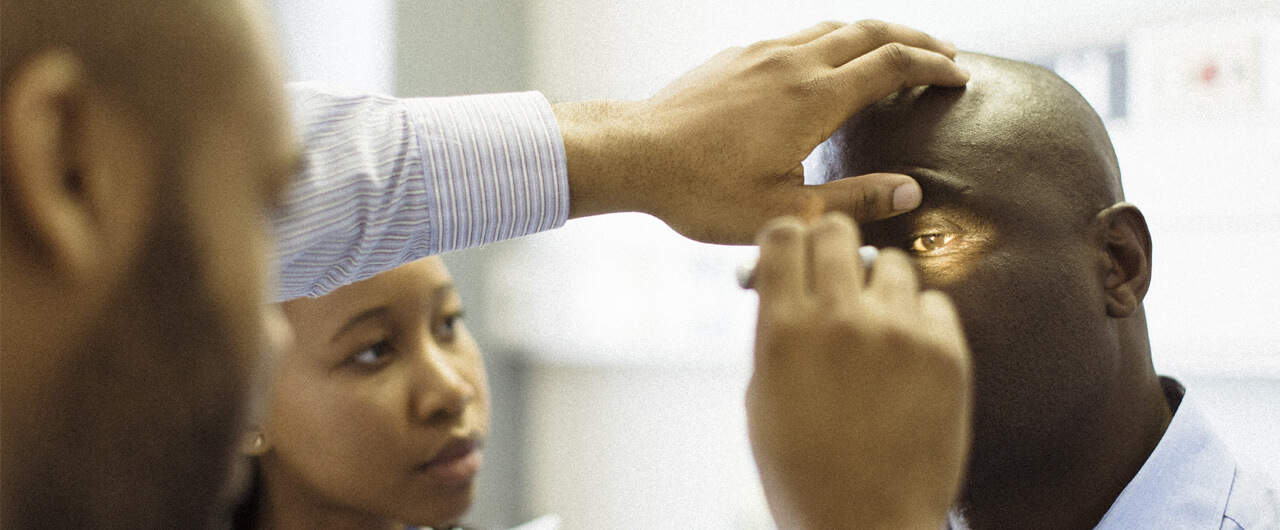Glaucoma is a disease of the eye where increased pressure in the eyeball results in damage to optic nerve (the main nerve of the eye) and gradual visual loss. Black patients are more at risk of going blind from glaucoma if they don’t take action to protect their sight.
What is glaucoma?
Glaucoma is a leading cause of blindness in the world. There are over 80,000 people that go blind from glaucoma every year in the US alone. In the African-American and Caribbean communities, glaucoma is the leading cause of preventable blindness.
Who is at risk of going blind from glaucoma?
Risk of glaucoma increases with age. Other risk factors include family history of glaucoma, high myopia (nearsightedness), diabetes, hyperopia (farsightedness) and history of eye trauma.
What are symptoms of glaucoma?
Visual loss from glaucoma is gradual and without symptoms such as pain. It usually starts from the peripheral visual fields moving centrally. By the time a person starts to notice a problem, having lost central reading vision, substantial permanent peripheral vision loss may already have occurred. This is why it is important for people 40 years old and above get a baseline screening for glaucoma regardless of whether they are having visual problems.
Treatment for glaucoma
Once the condition is identified, glaucoma can be treated medically or surgically. Options include eye drops or early cataract surgery and microinvasive glaucoma surgery to lower the intraocular pressure. Sometimes more advanced laser surgery or traditional scalpel blade surgery is required to treat or stabilize glaucoma. If you are over 40, have other risk factors, or any visual loss, get screened for glaucoma so that you can avoid this common form of blindness.
Search for black doctors!


